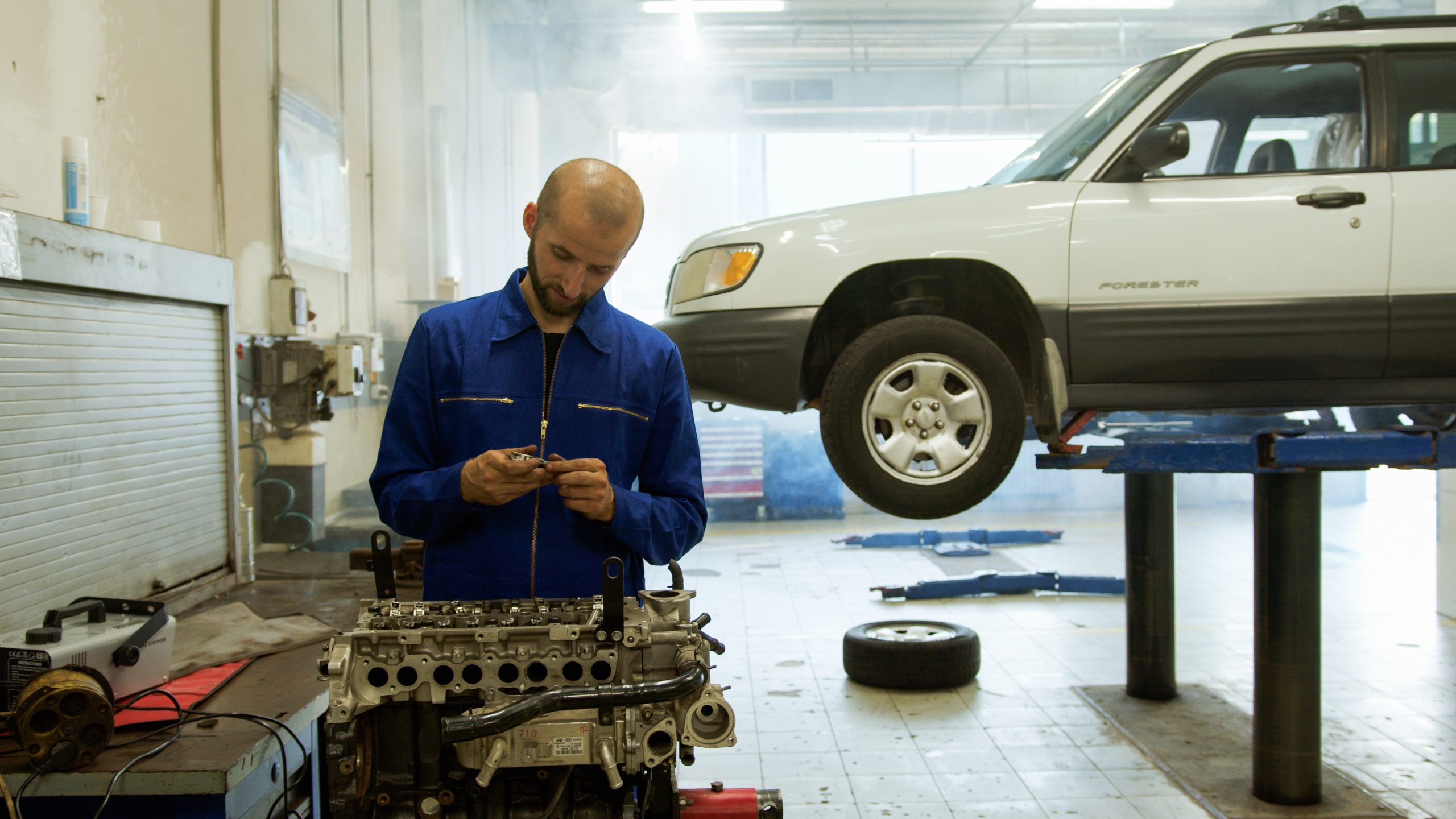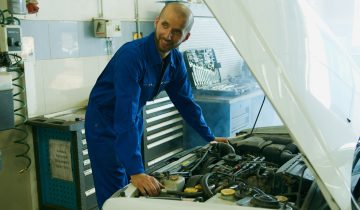
Mastering Differential Diagnosis and Repair: A Comprehensive Guide
May 12, 2023 by: Jeniza Olarita
When it comes to troubleshooting and fixing complex systems, one of the key skills every technician or engineer must possess is the ability to perform accurate differential diagnosis and repair. Differential diagnosis involves identifying the root cause of a problem by systematically eliminating potential causes, while repair entails implementing the appropriate solutions to restore the system’s functionality. In this blog, we will delve into the world of differential diagnosis and repair, exploring its significance, methodologies, and best practices.
Understanding Differential Diagnosis:
1.1 Definition and Importance:
Explaining the concept of differential diagnosis and its significance in problem-solving.
Highlighting its relevance across various fields such as automotive, electronics, software, and more.
1.2 Differential Diagnosis Process:
Step-by-step breakdown of the differential diagnosis process.
Emphasizing the need for systematic and logical approaches.
Discussing the importance of gathering relevant information and symptoms.
Effective Differential Diagnosis Techniques:
2.1 Root Cause Analysis:
Introduction to the root cause analysis methodology.
Utilizing tools like the 5 Whys and fishbone diagrams.
Real-life examples showcasing the application of root cause analysis.
2.2 Testing and Experimentation:
Highlighting the significance of testing and experimentation in differential diagnosis.
Discussing various testing methodologies and their pros and cons.
Outlining best practices for conducting experiments to narrow down potential causes.
Common Differential Diagnosis Challenges:
3.1 Complex Systems:
Exploring the difficulties posed by complex systems and their impact on diagnosis.
Strategies for simplifying the problem-solving process.
3.2 Intermittent Issues:
Addressing the challenges associated with intermittent problems.
Techniques for capturing data during intermittent failures.
3.3 Limited Resources and Time Constraints:
Discussing how to deal with limited resources and time pressure in the diagnosis process.
Prioritizing tasks and optimizing efficiency.
Implementing Effective Repairs:
4.1 Identifying Solutions:
Strategies for brainstorming and generating potential solutions.
Utilizing expertise, research, and available resources.
4.2 Repair Implementation:
Explaining the importance of planning and preparation before executing repairs.
Providing tips for safely and effectively implementing repairs.
Continuous Learning and Improvement:
5.1 Documentation:
Emphasizing the significance of maintaining accurate records during the diagnosis and repair process.
Demonstrating the value of documentation for future reference and continuous improvement.
5.2 Learning from Experience:
Encouraging professionals to learn from past experiences and incorporate feedback into future diagnoses and repairs.
Strategies for fostering a culture of continuous learning and improvement.
Conclusion:
Mastering the art of differential diagnosis and repair is a valuable skill that can save time, resources, and frustration in troubleshooting complex systems. By following systematic approaches, utilizing effective techniques, and embracing continuous learning, technicians and engineers can enhance their problem-solving capabilities and become proficient in diagnosing issues accurately. Remember, a well-executed diagnosis is the foundation for successful repairs, leading to reliable and optimized systems.
So, let’s embark on this journey of mastering differential diagnosis and repair together, unlocking a world of effective problem-solving and becoming true experts in our respective fields.



